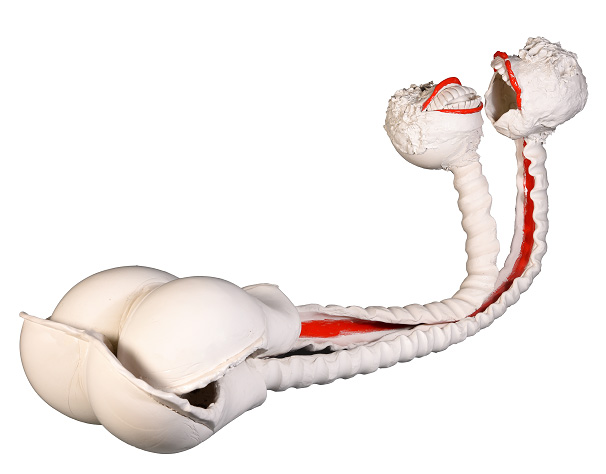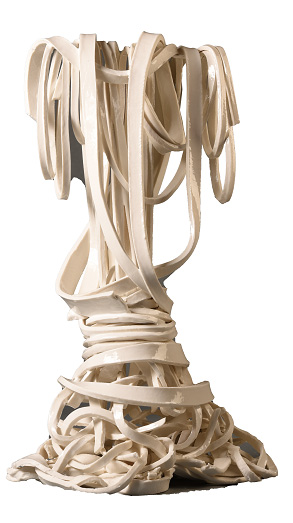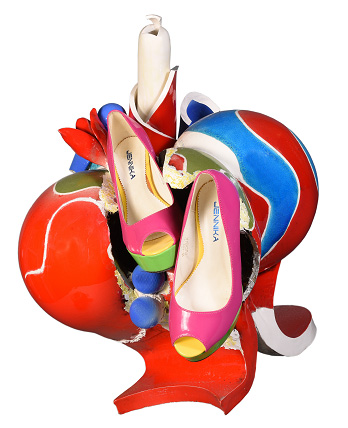Les 5 vies de Livia De Poli
The exhibition
This summer, La Tour 46 in Belfort presents the work of Italian artist Livia De Poli. This exhibition retraces 30 years of career, and reveals the work of a protean artist, using ceramics as a medium to reveal the intimacy of her psyche. Livia De Poli works instinctively. With no preparatory work, her creations draw their source from intimacy and introspection, producing a work as unique as the feeling from which it emanates. In fact, to encounter his work is to encounter the artist and his psychic journey. "Someone who knows me a little can follow my life through my creations," she confides to Léa Henry for the exhibition catalog. The exhibition follows the artist's evolution, and is structured around several typologies that punctuate her production. There are the Arcimbold-inspired "Faces", which demonstrate the artist's technical skills, and others that are freer with the material and more tortured, echoes of a state of mind. The sensual, tortured "Callipygian Forms", on the other hand, develop in fullness and rotundity around the void, bringing them back to suffering and finitude. They make the most of all the three-dimensional characteristics of sculpture, taking them from phallic to floral to feminine curves. The "Morts joyeuses" series that follows is a dialogue between eroticism and death, accentuating the duality of his work. The "Morts joyeuses" series that follows is a dialogue between eroticism and death, accentuating the duality of his work. Color has left these compositions, giving way to white and red, as if the instinctive spirits of the callipygous forms had left their voluptuous, colorful gangues to unfurl in an autophagous dialogue. Finally, the "Entrelacs", embodiments of the instant of thought, knots of the head, which a psychiatrist had recommended he remove one by one, are a more direct and at the same time more metaphorical snapshot of the artist's inner life. They also reflect the artist's patient research into complex forms, and show us his dogged determination to surpass matter through technique and the search for new formal solutions.
Michaël Pasteger
Michaël Pasteger
When
01/07/2023 - 03/09/2023



